Please do not block ads on our site. Clicks on ads help us exist, grow and become more useful for you!
Calculation of a compact Heat Meter
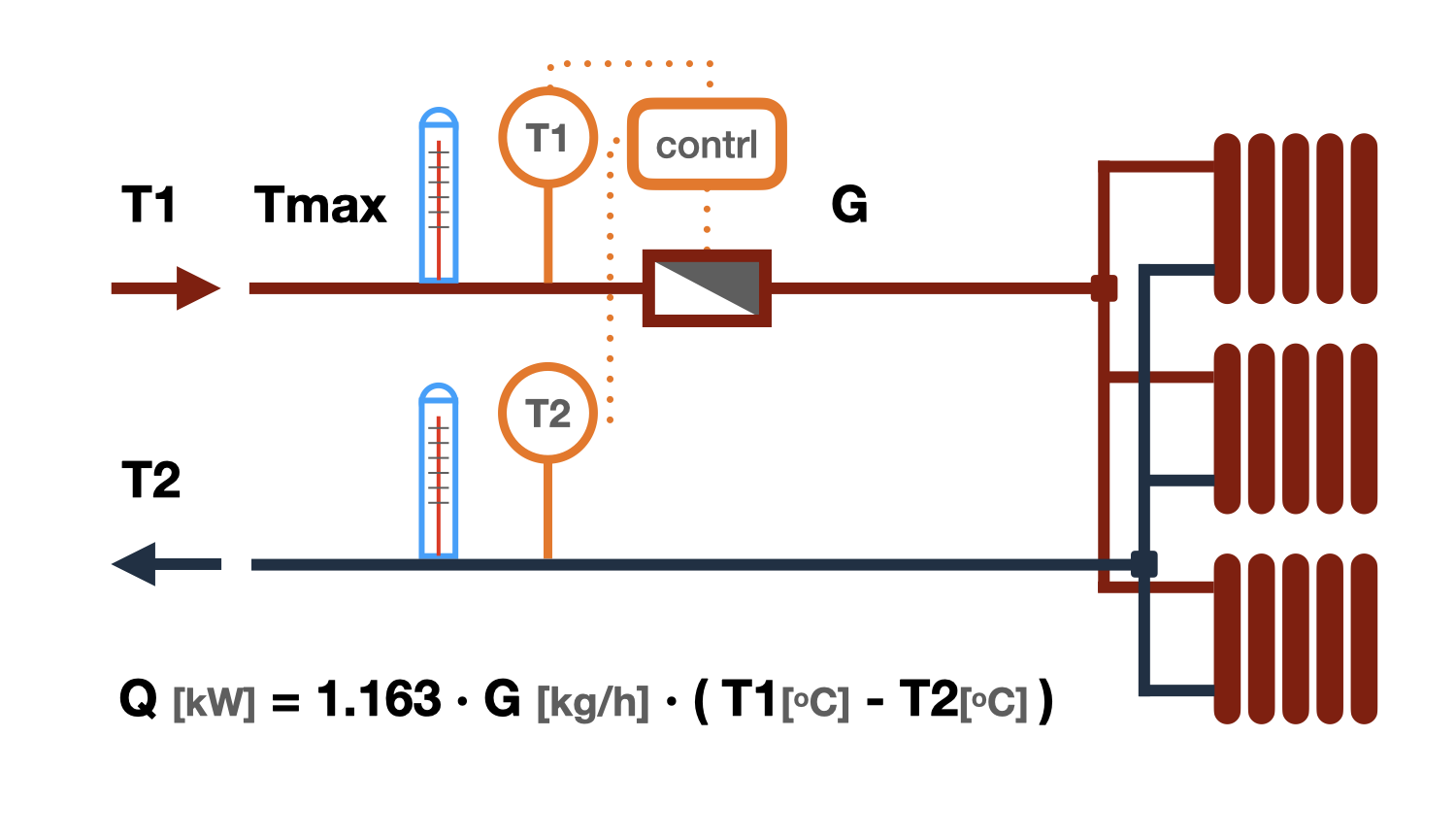
Selection of heat meter
The selection of a heat meter for an apartment is carried out taking into account the requirements of the heat supply organization, as set out in the technical specifications and regulatory documents. Typically, the requirements are set for:
- measurement error
- composition and depth of the archive
- availability of data acquisition and transmission devices
For accounting for heat consumption in apartments, heat meters with flow sensors of a metrological class of not less than the third are allowed to be used.
When selecting a heat meter, attention should be paid to the selection of the flow meter type size, which is determined by the flow rate of the heat carrier through the heating system of the apartment. Often, the size of a typical apartment heat meter is smaller than the diameter of the pipe at the entrance to the apartment heating system. In addition, when selecting compact heat meters, it is necessary to perform a hydraulic calculation of the accounting unit to check its impact on the heating system.
Heat meter calculation
The calculation of the heat meter involves calculating the flow rate of the heat carrier through it. The main data for calculating the flow rate through an compact heat meter are the thermal load and the temperature regime of the heating system.
The calculated thermal load of the apartment heating system is usually indicated in the contract (Gcal / hour) with the heat supply organization and corresponds to the thermal power of the heating system at the calculated outdoor temperature (for Kiev -22 °C).
The calculated temperature schedule is also indicated in the same contract with the heat supply organization and corresponds to the temperatures of the heat carrier in the supply and return pipelines, at the same calculated outdoor temperature. The most commonly used temperature mode is 90-70, but other mode such as 110-70, 95-70, and 80-60 are possible.
Most likely, you won't find data on heat load or temperature graph. In this case, you can use an approximate calculation of the heat load based on the heating area of your apartment.
The calculation of the heat carrier flow rate is carried out using the following formula:
G = (3.6 * Q)/(4.19 * (t1 - t2)), kg/hour
where
- Q - system thermal power, W.
- t1 - temperature of the heat carrier at the inlet to the system, °C.
- t2 - temperature of the heat carrier at the outlet from the system, °C.
- 3.6 - conversion factor from W to J.
- 4.19 - specific heat capacity of water kJ/(kg K).
The diameter of the heat meter flow meter must be selected taking into account its technical characteristics.
- Qmin (Qi) - minimum flow rate, m³/hour
- Qn (Qp) - nominal flow rate, m³/hour
- Qmax (Qs) - maximum allowable flow rate, m³/hour
0 - Qmin - the error is not regulated - long-term operation is allowed.
Qmin - Qn - the error is no more than 5% - long-term operation is allowed.
Qn - Qmax - the error is no more than 5% - operation is allowed no more than 1 hour per day.
It is recommended to select a flow meter for compact heat meters in such a way that the calculated flow rate falls within the range from Qmin to Qn.
At the same time, it is necessary to take into account the possibility of reducing the heat carrier flow rate through the heat meter, associated with the operation of radiator thermostatic valves, and the possibility of increasing the flow rate through the heat meter, associated with the instability of the temperature and hydraulic regime of the building heating system.
The above algorithm outputs a list of compact heat meters that can take into account a heat carrier flow rate that is twice the calculated value and five times smaller than it.
question : comment : feedback
 Online Equipment calculations
Online Equipment calculations
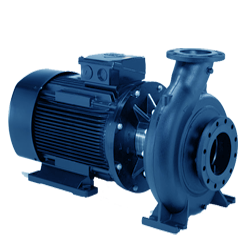
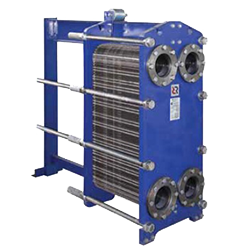
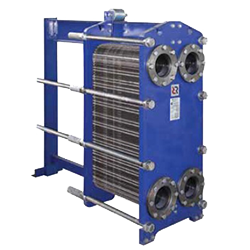
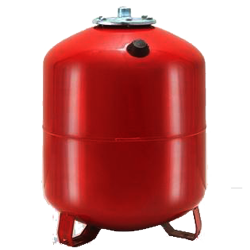

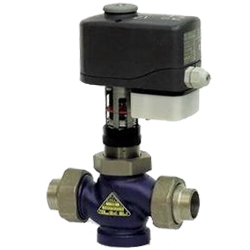


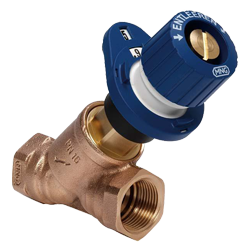




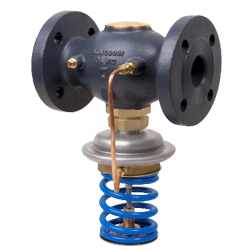
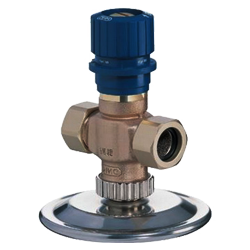
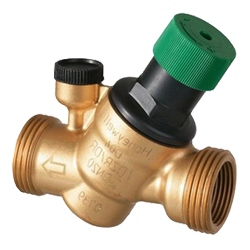



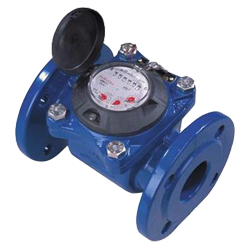

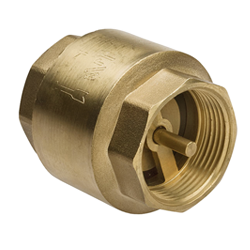
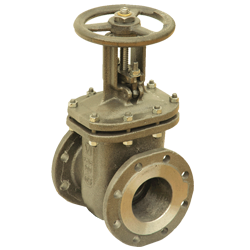

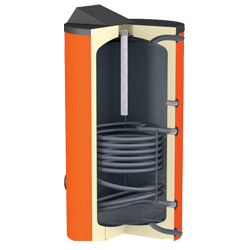

 EXAMPLE
EXAMPLE








